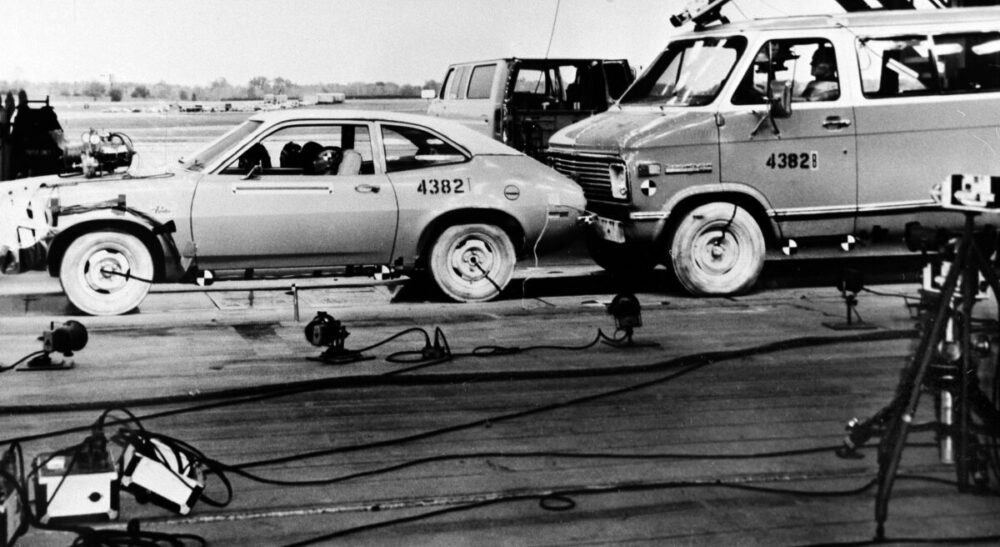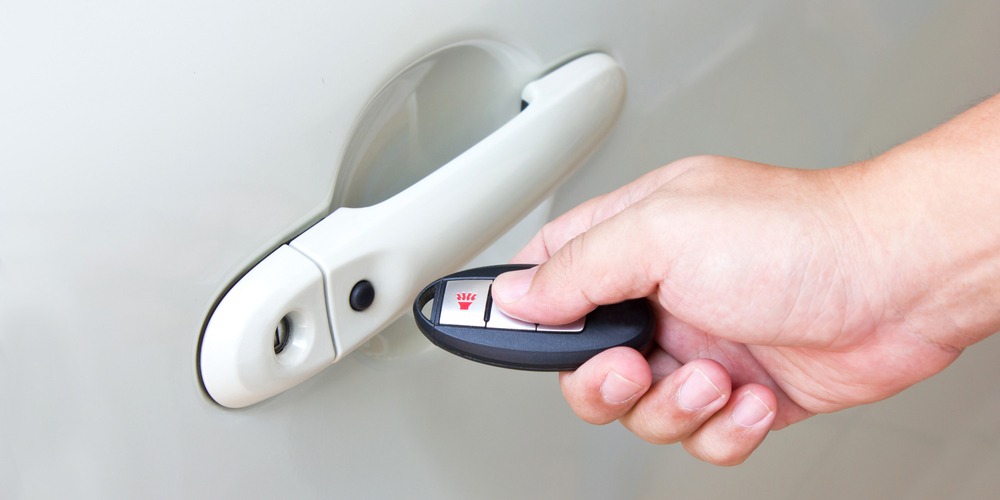In 1972, Ford Motor Company was the defendant in a criminal case charging them with reckless homicide and criminal recklessness. This followed a highly controversial civil case in which Ford had to pay almost $3 million in compensatory damages and $125 million in punitive damages, which was later reduced to $3.5 million. What these cases had in common was the Pinto, a subcompact car designed and manufactured by Ford.
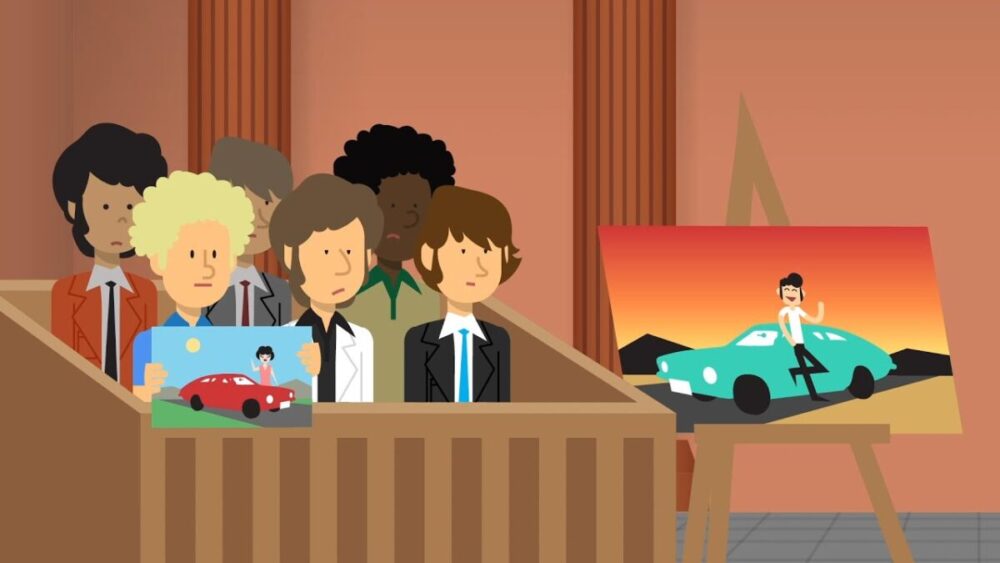
1. Civil and Criminal Cases
In May 1972, Lily Gray was driving a 1972 Pinto with 13-year old Richard Grimshaw as a passenger. They were struck from behind by a vehicle traveling at around 30 miles per hour, leading to a fire in the Pinto which killed Gray and severely injured Grimshaw. The civil suit that followed found that Ford was negligent in the design of the Pinto.
In 1981, three young women were killed when their Pinto was hit from behind at a low speed. Six months after the Grimshaw ruling, the prosecutor of Elkhart County, Indiana, filed criminal charges against Ford. They were targeting the company’s decision to not correct flaws in the fuel tank design, despite evidence that a minor change, costing less than $11 per vehicle, could have prevented the deaths of the three women.
A product liability lawyer can help guide you through situations like those faced by the people who lost loved ones in Pinto accidents more than 40 years ago. You can arrange for a no-obligation consultation by calling or filling out the easy online form today. Click here to learn more.
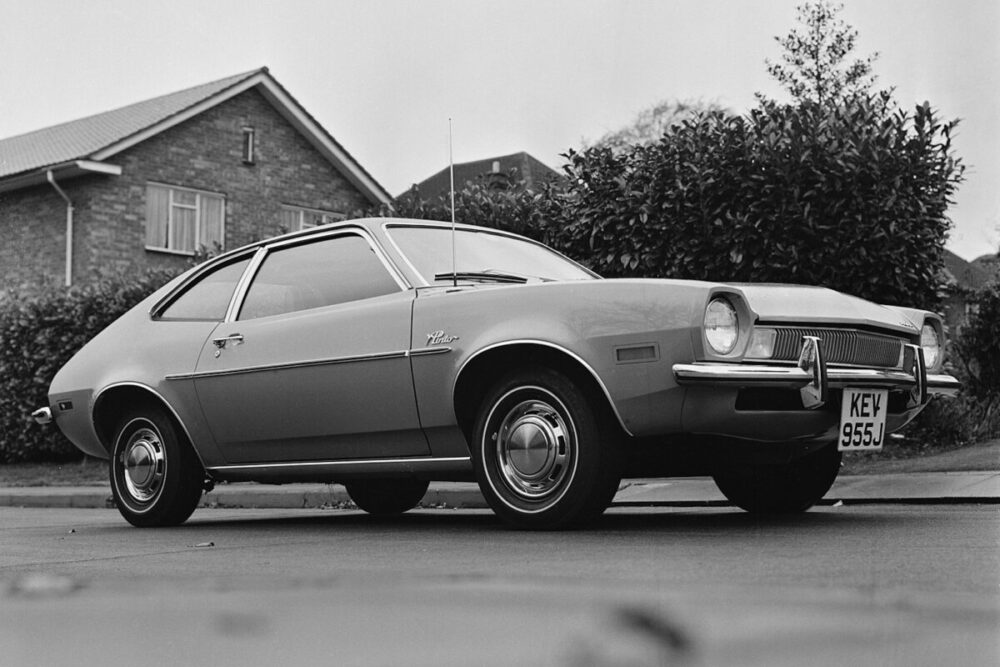
2. Ford Was Aware of Design Problems
One fact that should be pointed out is that Ford was aware of the issues with the fuel tank. In the design, this was placed behind the rear axle to create a larger trunk.
The gas tank and the rear axle were separated by just nine inches, and there were bolts positioned that could result in a puncture of the gas tank. The fuel filler pipe could also easily disconnect from the tank in a collision, leading to gas spills that may ignite. These questionable design choices have made the integrity of the car more exposed to rear-end collisions.
During tests ran by Ford Motor Company, it was discovered that there is a fire hazard risk associated with gas tank ruptures. Internal company documents that came to light revealed the extent of the testing. The car was crash tested over 40 times prior to releasing the model. In these tests, every time the vehicle exceeded 25 miles per hour, the result was the same, a ruptured fuel tank that was a clear fire hazard.
In August 1977, these problems came to light in a Mother Jones article written by investigative-journalist Mark Dowie. In his “Pinto Madness”, he pointed out that Ford was aware that the gas tank design was dangerous. They even developed a manufacturing correction that could eliminate the problem. The cost of the correction would have been just $11 per vehicle. Yet, the company decided not to make the change.
This article was the fountainhead of the heated public debate that would follow. Mark Dowie, who was also the editor and publisher of Mother Jones magazine, later received a Pulitzer Prize for his expose on Ford. You can still read the article by clicking on this link.
Mark Dowie has also published several books over the years, touching on essential social topics like the future of philanthropy, environmentalism, and indigenous sovereignty. His most recent work, titled Conservation Refugees: The Hundred-Year Conflict between Global Conservation and Native Peoples, was published by the MIT Press. Here, he focuses on the displacement of natives from their lands under the pretense of conservation.

3. Ford Placed Dollar Value on Human Life
The year 1970 saw Ford Motor Company in a heated competition with vehicles supplied by imports. Some believe that this caused them to speed up the production process of Pinto.
As part of its decision not to make changes to the fuel tank design of the Pinto, company administrators used what has been called the Ford Risk Benefit Analysis, a seven-page long document. When the Pinto was designed, engineers were told that limits were “2,000” for the vehicle. It could not weigh more than 2,000 pounds and it could not cost more than $2,000.
After determining that the correction would cost $11 per vehicle, Ford determined the redesign would push the cost over $2,000. As a result, they created a cost-benefit analysis using $200,000 as a “cost to society” for each death.
This amount came from the National Highway Transportation Safety Association (NHTSA) figure for estimated fatality costs. Using this figure, Ford determined that it would cost $137 million to make the change, while not making the change would result in a cost of only $49.5 million for settling burn victim cases.
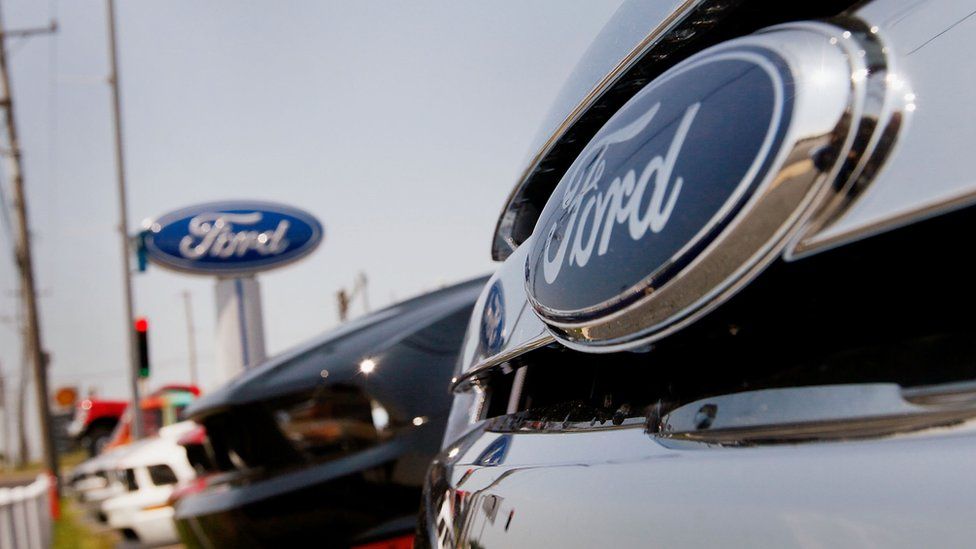
4. The Verdict
Ford Motor Company was found not guilty in the criminal case. However, the evidence presented in the case may have changed product liability laws for future cases. Many people found Ford negligent for assuming the value of human life to save $11 per vehicle to make the Pinto safer.
Dowie, the investigative journalist behind the leading Pinto narrative, believes that there are three points highlighted that made the case go down in history:
- The safety issues of the vehicle
- These issues were known to decision-makers within the Ford company.
- Decisions regarding the possible solutions to the problems were overturned by the prospect of profit.
However, some experts disagree with some points of Dowie’s Analysis. For example, Matthew T. Lee and M. David Ermann considered the focus on conscious decision-making exaggerated. Instead, they argue that the disaster is more related to the context, highlighting the industry itself, the organization, and also the legal setting.
Conclusion
The Pinto narrative that was first formulated by Mark Dowie, became a landmark story. A story about how amorality in corporate America is a life-threatening social problem. What is more, ethics came into the forefront of public debates regarding consumer goods.

